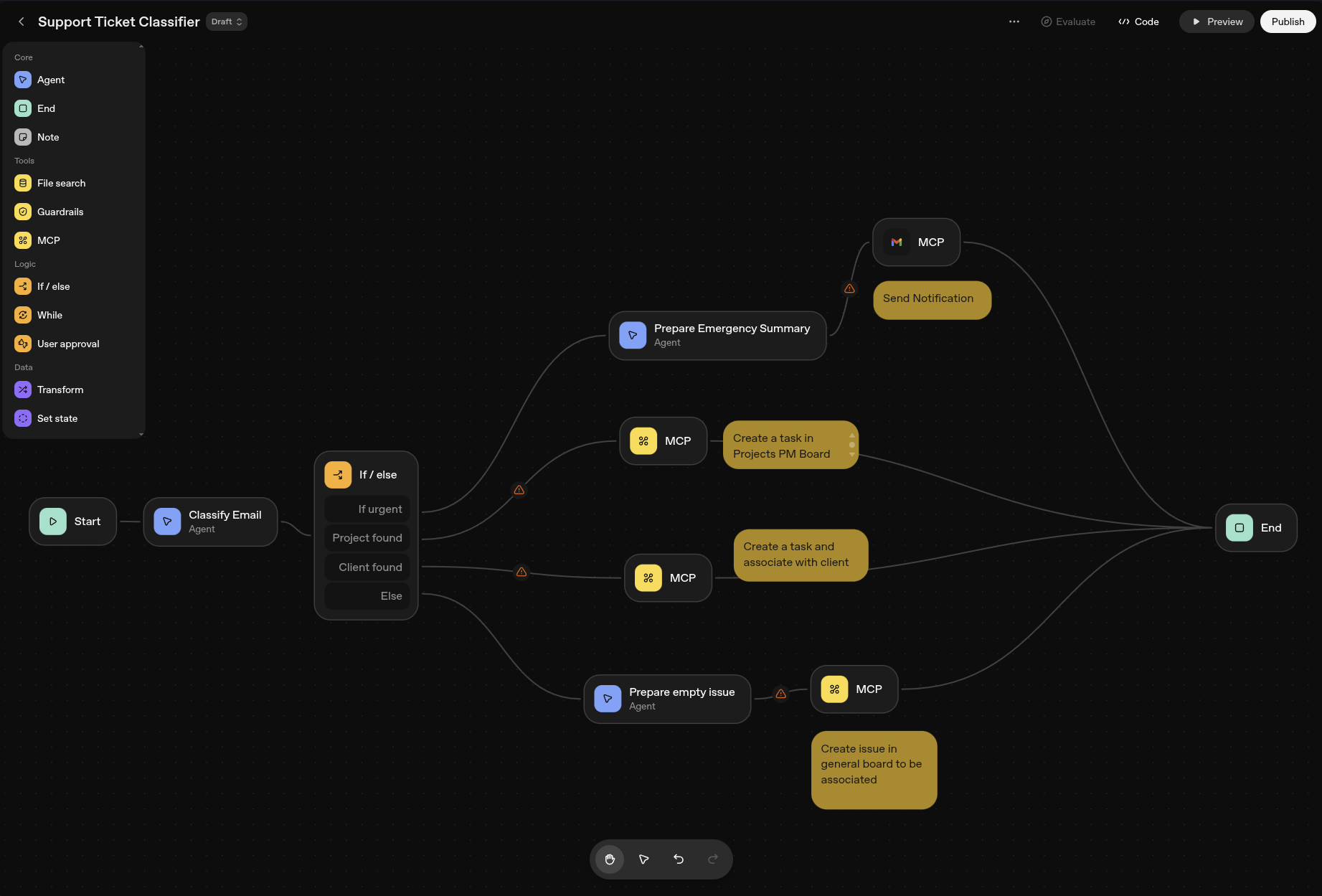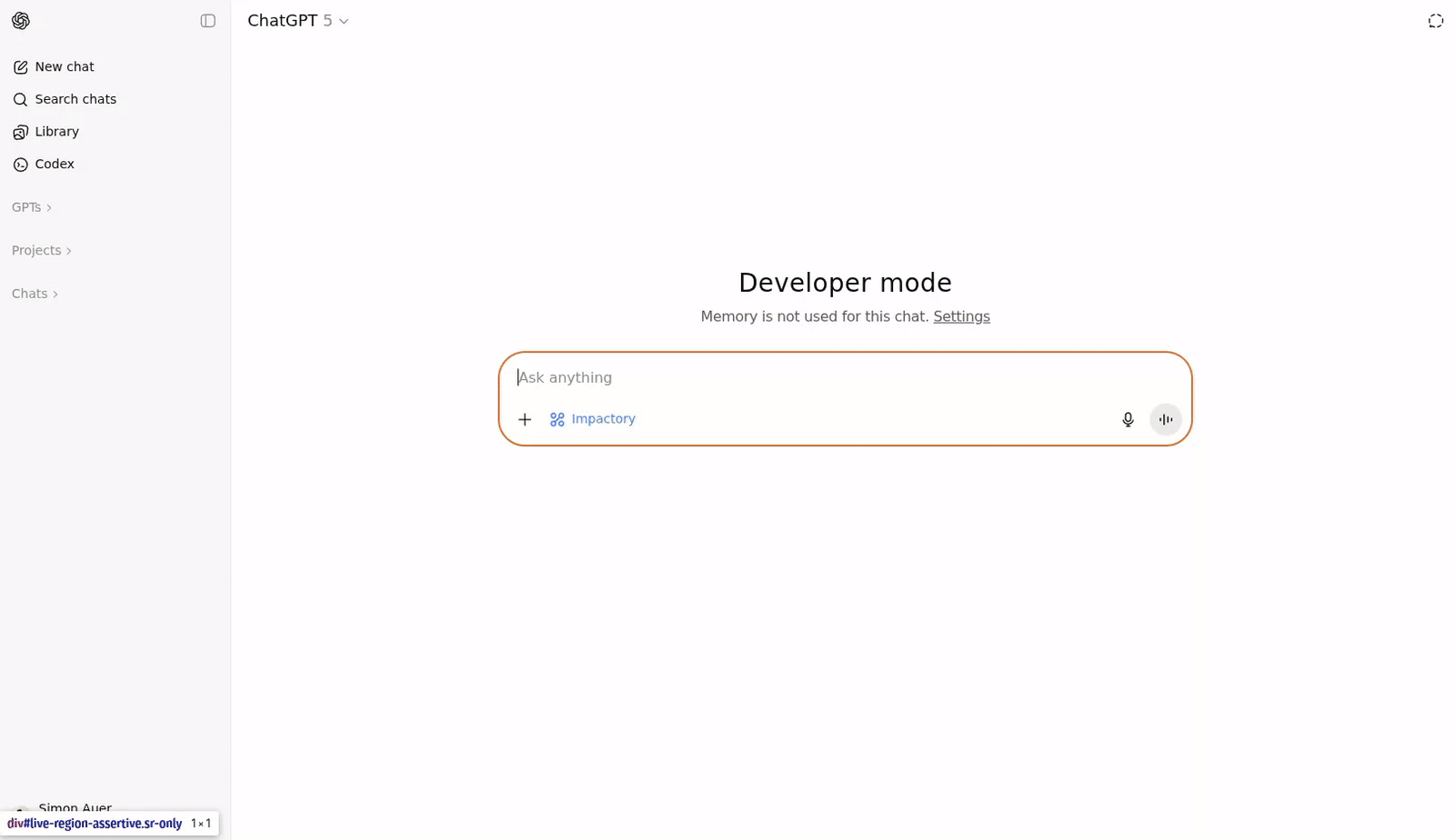Artificial Intelligence has finally reached the stage where it’s no longer simply text creation — choreographing actions, workflows, and interactive digital experiences.
The new generation of OpenAI developer tech — ChatGPT AgentKit and the ChatGPT Apps SDK — represents a shift in paradigm.
For the first time we can do more than just let AIs scan our pages and decide whether they link or just take our information. We can soon provide ways of changing how our data is displayed and also use AI to improve our internal workflows.
This article covers what the latest tools presented just a few days ago by Openai (the company behind Chatgpt) from an experienced technical business implementation point to see what this means for organizations and developers — and, more importantly, where we believe there’s the most potential, implicit danger, and practical use cases for you and your product/company.
So let's take a look at the two different tools, what they are, what they do and how you could use them.
The ChatGPT AgentKit turns ChatGPT into a workflow engine. Think of it as Zapier meets a smart assistant.
It allows developers (and even users who know their way around tech) to connect ChatGPT to external data sources and APIs, so the assistant can perform meaningful actions rather than just giving answers.
Imagine you’re in a large company with fragmented knowledge across Google Drive, SharePoint, Confluence, internal chats, and email threads.
Instead of manually searching for information, an AgentKit-powered ChatGPT could:
It’s a pleasant blend of automation, reasoning, and human touch — atop the same ChatGPT interface people are already accustomed to.
This is of course just one example. Want more inspiration? Check our other dedicated article ChatGPT AgentBuilder and App SDK Case Studies and Idea Scenarios .
Or another example:
What if you have a Support ticket system via email and want to make sure all support tickets are assigned to the correct project boards.
The workflow below would classify the incoming support requests, check if it is very urgent based on the mail content (if so -> notify emergency team) and otherwise add it to the correct board, depending on whether we can find the correct board, client or fall back.

What it works well for:
Where it stumbles:
AgentKit’s strength is availability rather than pure muscle. It allows organizations to prototype and iterate workflows quickly without sitting around waiting for IT or developers to hard-code every step.
Before AgentKit, options such as Zapier, n8n, or Make (Integromat) dominated the automation scene. They’re great at connecting services but bad at reasoning.
AgentKit combines automation with intelligence — it doesn’t just “do” something; it understands why you’re doing it.
For instance, while Zapier can send an email when a file changes, ChatGPT AgentKit can first check whether that file is relevant to a current project or even summarize the update before sending it.
We think it’s incredible how OpenAI managed to popularize what Zapier and n8n popularized — but made it easier and more context-aware.
The promise isn’t in replacing what exists, but in improving it.
Businesses can now enable employees to change and create workflows without technical re-deployment — an innovation that liquidates digital landscapes.
Drawbacks? There must be:
However, for most organizations, AgentKit is the first reachable step toward a deeply conversational workflow system.
Where AgentKit is all about doing, the ChatGPT Apps SDK is all about showing. The SDK allows developers to build interactive, mini web applications in-line directly as part of ChatGPT conversations.
Apps turn dry text answers into rich, visual, and contextual experiences. Instead of reading text responses, users can interact with data tables, visual widgets, and custom components in the chat itself.
Nowadays, the SDK is rolling out gradually — with broader public availability soon to follow. OpenAI’s ambition is to see ChatGPT not only as a chat app, but an entire app ecosystem.
(very smart move of them ... It's how android and ios cemented in their positions as the branch standards, that no one can copy)
One of our in-house proof-of-concepts was a custom-built ChatGPT app for one of our clients impactory.org.
This project is a wonderful platform, that makes donating to good causes extremly simpel.
ChatGPT does not just give a generic canned text reply. Rather, it displays a custom widget with suggested causes for a selected category — pulled directly from our APIs.
But importantly: The api itself is abstracted behind our MCP server, so Openai only gets the final HTML widget, but not the API Request or raw data itself! This is very important, because you often don't want to give away your data sources!!
It’s a small feature with dramatic ramifications: ChatGPT is a new distribution and interaction channel for content — one where you can dictate how your data is presented and linked.
Completely contrary to some misperceptions, apps cannot be triggered automatically without the user’s consent.
Therefore, whereas ChatGPT can recommend applications based on intent, developers can’t completely dictate when their app appears.
Search engines are falling behind as humans use AI assistants for quick answers.
Websites are fighting to maintain organic traffic as people no longer click links — they get what they’re looking for inside ChatGPT.
With ChatGPT Apps, you can regain visibility by offering structured, interactive answers within the chatbot — and direct users straight to your site, app, or product for further interaction.
SEO 2.0:
You’re no longer optimizing content for Google’s crawler.
You’re optimizing triggers and actions for AI assistants.
You get to decide how your data appears, what users can do with it, and where the conversation will lead.
You can’t prevent triggering altogether, but you can influence it.
Design your app to react to the most appropriate intents — those matching what users are most likely to ask ChatGPT about your business.
If people are likely to ask “best insurance for freelancers,” you can build an app to trigger when triggered by name or context, offering your calculator or comparison tool.
This is not just reactionary SEO — it’s proactive AI experience design.
Our take? We applaud the innovation but hope for open interoperability across AI platforms. An open standard could transform AI-native web experiences into the next major frontier.
These are some tips in the real world that most people forget:
If you’d like to view how all this is made possible, explore our detailed ChatGPT AgentBuilder and App SDK Case Studies and Idea Scenarios.
There, we dissect real-life scenarios like:
Each of these shows how AgentKit and the Apps SDK can be combined to build end-to-end, AI-driven workflows — inside and outside your organization.
If you want to try these tools out yourself:
We’re entering a new phase of AI — one where ChatGPT evolves from “answer engine” to action platform.
We’re already experimenting with both technologies for innovative clients — from media outlets to data-driven enterprises — helping them discover how these tools can fit their business models and user experiences.
If you’re curious about how AgentKit or ChatGPT Apps could work for your organization, now’s the perfect time to explore.
We are looking for companies with interesting use cases to explore this new frontier together and be on the forefront, when this goes live!
Get in touch — let’s prototype the future of AI-powered business together.
